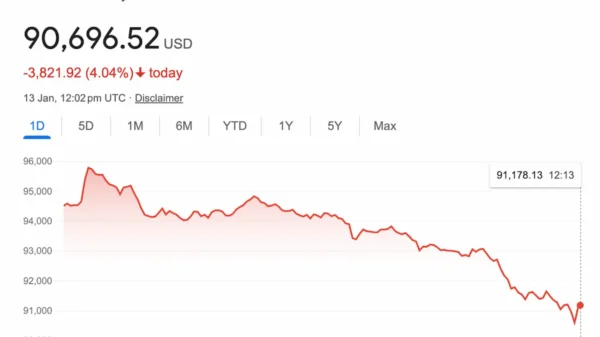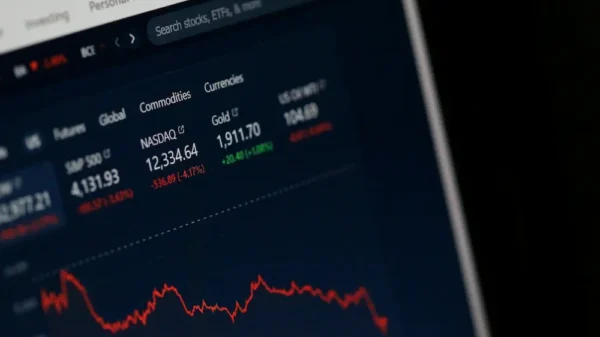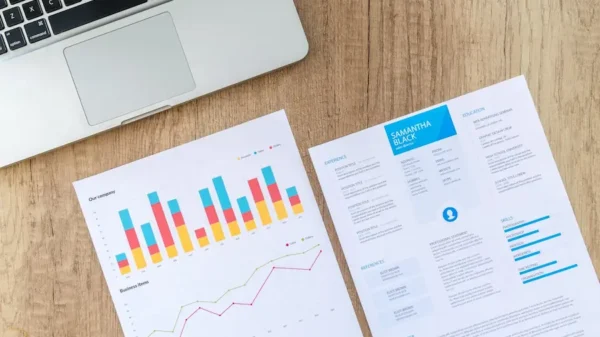Data science is a field of study that combines statistics, mathematics, and computer science to extract knowledge and insights from data. It has become one of the most sought-after skills in the job market, with businesses of all sizes looking to hire data scientists to help them make sense of the vast amounts of data they collect.
If you’re interested in learning data science, there are a few things you should keep in mind. First, it is important to have a strong foundation in mathematics and statistics. Second, you need to be proficient in at least one programming language. And third, you must be able to effectively communicate your findings to others.
In this article, we will walk you through the steps you need to take to learn data science on your own. We’ll start with the basics of mathematics and statistics, then move on to more advanced concepts, and finally, we’ll give you some resources to help you get started with coding.
Step 1: Build a strong foundation in mathematics and statistics
If you want to be a data scientist, you need to have a strong foundation in mathematics and statistics. These are the two core disciplines that data science is built upon. Without a strong understanding of these subjects, it will be difficult to effectively analyze and interpret data.
There are a few key concepts in mathematics and statistics that you should be familiar with, including:
Probability: This is the study of how likely it is for an event to occur. Probability is important in data science because it allows us to quantify the uncertainty of our predictions.
Linear algebra: This is the study of mathematical operations that can be performed on vectors and matrices. Linear algebra is used in data science for data transformations, feature engineering, and machine learning.
Calculus: This is the study of the rate of change of functions. Calculus is used in data science for optimization and numerical methods.
Statistics: This is the study of the collection, analysis, interpretation, presentation, and organization of data. Statistics is used in data science for data analysis and modeling.
There are many resources available to help you learn mathematics and statistics. We recommend starting with a free course, Introduction to Mathematics for Data Science. This course will give you a basic understanding of the concepts listed above.
Once you have a strong foundation in mathematics and statistics, you can move on to more advanced concepts in data science.
Step 2: Learn a programming language
Data science is a highly technical field, and you will need to be proficient in at least one programming language to be successful. The two most popular programming languages for data science are Python and R.
Python is a general-purpose programming language that is widely used in data science. It is easy to learn and has a wide range of libraries and tools that can be used for data analysis and machine learning.
R is a programming language specifically designed for statistical computing. It is popular among statisticians and data scientists for its wide range of statistical and graphical tools.
Both Python and R are free and open-source, so you can get started with either language without having to invest any money. We recommend starting with a free course, Introduction to Python for Data Science. This course will teach you the basics of Python programming.
Once you have learned a programming language, you can start working with data.
Step 3: Get started with data
Data is the lifeblood of data science. Without data, there would be no need for data science. The first step in learning data science is to get your hands on some data.
There are many sources of data, but the best place to start is with public data sets. These are data sets that have been made available by governments, businesses, and other organizations.
There are many websites that provide access to public data sets. Some of our favorites include:
Kaggle: Kaggle is a website that hosts data science competitions. It also has a large collection of public data sets that can be used for practice.
UCI Machine Learning Repository: The UCI Machine Learning Repository is a collection of data sets that have been created for machine learning research.
Amazon’s AWS Public Data Sets: Amazon’s AWS Public Data Sets provides access to a wide range of data sets, including those from NASA, the Census Bureau, and the NIH.
Once you have found a data set that you want to work with, the next step is to download it and get started. Here are resources and a list of Free Datasets.
Step 4: Explore and analyze data
Once you have a data set, the next step is to explore and analyze it. This is where the fun begins!
There are many ways to explore and analyze data. Some of the most popular methods are:
Data visualization: This is the process of creating visual representations of data. Data visualization is an important tool for exploring data and finding patterns.
Data wrangling: This is the process of cleaning and preparing data for analysis. Data wrangling is an important step in any data analysis project.
Data analysis: This is the process of using statistical and mathematical methods to extract insights from data. Data analysis is the core of data science.
Machine learning: This is the process of using algorithms to learn from data. Machine learning is a powerful tool for making predictions and finding patterns.
There are many resources available to help you learn data exploration and analysis. We recommend starting with a free course, Introduction to Data Analysis.
Once you have learned how to explore and analyze data, you can start working on projects.
Step 5: Find data science projects to work on
One of the best ways to learn data science is to work on projects. Projects will help you practice the skills you have learned and will also give you a portfolio of work to show to potential employers.
There are many places to find data science projects. Some of our favorites include:
ProjectPro: ProjectPro is a platform that helps you learn hands-on industrial experience with a step-by-step walkthrough of projects in data science and big data.
Data science blogs: There are many data science blogs that publish data analysis projects. These projects are a great way to learn new techniques.
GitHub: GitHub is a website that hosts code repositories. Many data scientists share their code on GitHub, so it is a great place to find projects to work on.
Once you have found a project you want to work on, the next step is to get started.
Step 6: Get help when you need it
One of the great things about data science is that there is a large and supportive community of data scientists. If you get stuck on a project or have a question, there are many people who are happy to help.
Here are some of the best places to get help when you’re learning data science:
Data science forums: There are many data science forums where you can ask questions and get help from other data scientists.
Stack Overflow: Stack Overflow is a website where developers can ask and answer questions. It is a great place to get help with programming questions.
Data science meetups: There are many data science meetups around the world. These meetups are a great way to meet other data scientists and learn from them.
Conclusion
Data science is a rapidly growing field with many opportunities for those who are willing to learn. If you’re interested in learning data science, the steps outlined in this article will help you get started.
Start by building a strong foundation in mathematics and statistics. Then, learn a programming language and get started with data. Once you have learned the basics, you can start working on projects. And finally, when you need help, don’t hesitate to ask for it.
With these steps, you’ll be on your way to becoming a data scientist in no time!














































